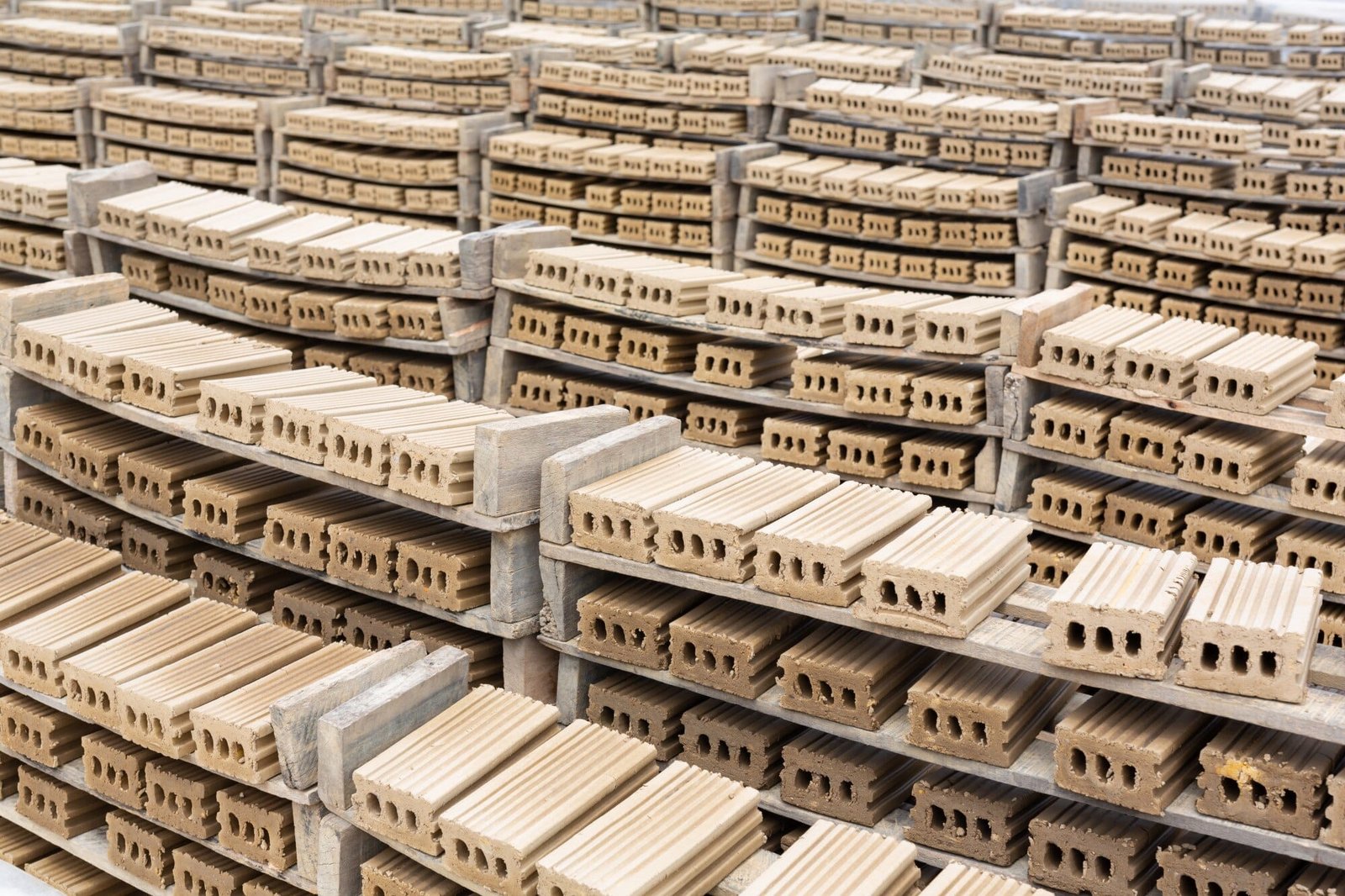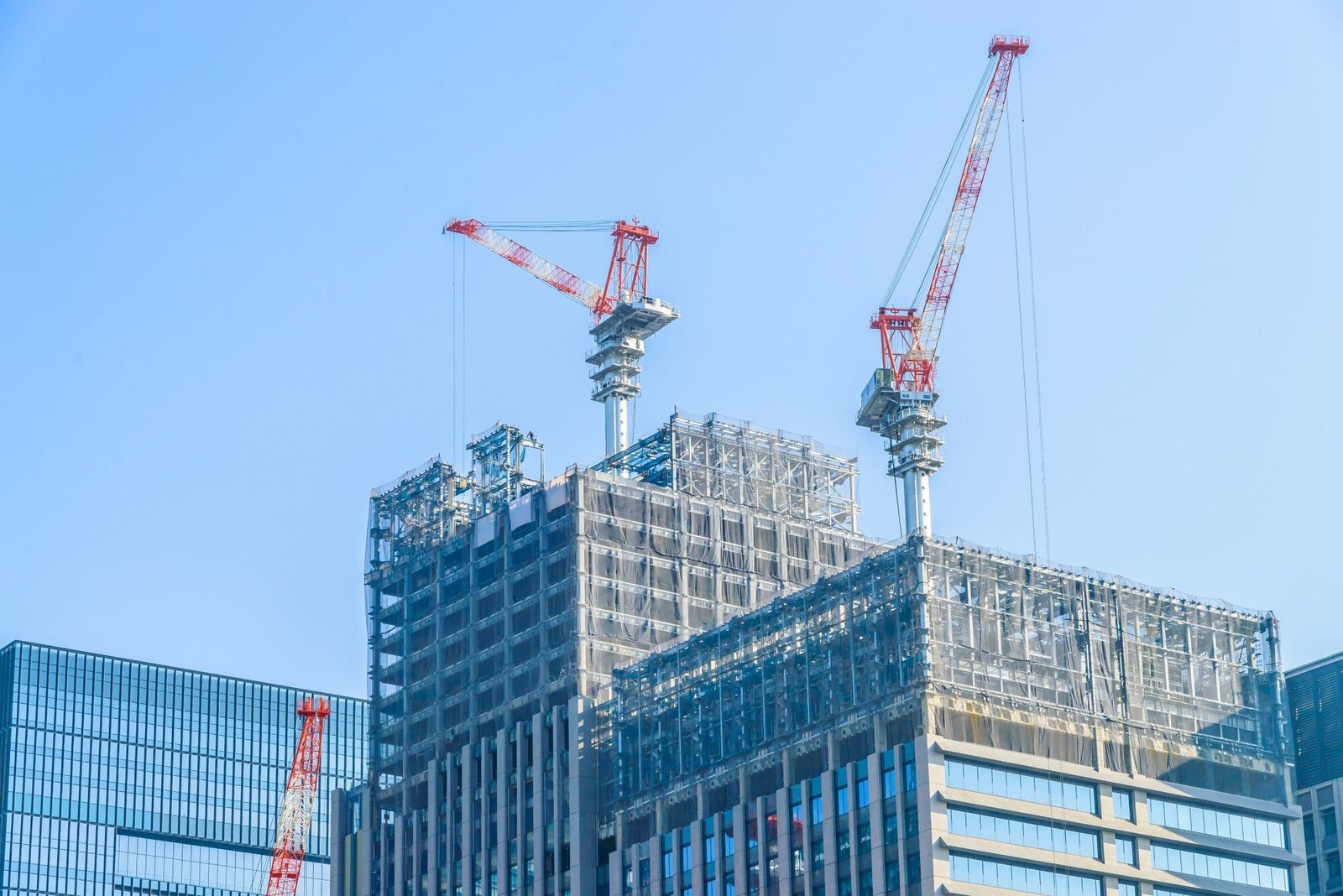In an era where sustainability is at the forefront of global conversations, the construction industry is undergoing a significant transformation. Traditional building practices have long relied on resource-intensive materials, leading to environmental degradation and excessive waste. However, a shift towards recycled building materials is revolutionizing the industry, paving the way for a more sustainable and eco-friendly future.
At VMC Group, we recognize the importance of integrating innovative, high-quality recycled materials into modern construction. By leveraging recycled resources, we contribute to reducing landfill waste, conserving natural resources, and promoting energy efficiency. In this article, we will explore the numerous benefits of recycled building materials, how they compare to traditional materials, and why they are becoming a preferred choice in sustainable construction.
What Are Recycled Building Materials?
Recycled building materials are repurposed materials salvaged from demolition sites, industrial byproducts, or other post-consumer and post-industrial waste. These materials are processed, refined, and transformed into new construction products, reducing the need for virgin resources. Common examples include:
- Recycled Concrete: Crushed and repurposed from demolished structures.
- Reclaimed Wood: Salvaged from old buildings, barns, and furniture.
- Recycled Steel: Melted down and reformed from scrap metal.
- Reclaimed Brick: Reused bricks from demolished buildings.
- Recycled Glass: Used in countertops, tiles, and insulation.
- Plastic Lumber: Made from recycled plastic waste.
The use of these materials not only reduces environmental impact but also introduces unique aesthetic and functional advantages to construction projects.
The Environmental Benefits of Using Recycled Building Materials
1. Reducing Landfill Waste
Construction and demolition (C&D) waste accounts for a significant portion of landfill volume. By incorporating recycled materials into new construction projects, we can drastically cut down on the amount of waste that ends up in landfills. For example, using recycled concrete from demolished buildings prevents unnecessary waste accumulation and reduces the demand for new raw materials.
2. Lowering Carbon Footprint
The production of new construction materials, such as cement, steel, and glass, requires massive amounts of energy and emits substantial greenhouse gases. Recycling materials significantly lowers energy consumption and reduces CO2 emissions. Recycled steel, for instance, requires up to 75% less energy to produce compared to new steel.
3. Preserving Natural Resources
Recycling construction materials minimizes the need for virgin resources like timber, stone, and sand. By using reclaimed wood instead of freshly cut timber, we help reduce deforestation and protect ecosystems. Similarly, utilizing recycled aggregate reduces the demand for new gravel and rock extraction, preserving landscapes and natural habitats.
Economic Benefits of Recycled Materials in Construction
1. Cost Savings on Material Procurement
Using recycled materials can be more cost-effective than sourcing new materials. Many salvaged and repurposed materials are available at a fraction of the cost of newly manufactured alternatives. Additionally, reduced transportation costs contribute to overall savings since many recycled materials are sourced locally.
2. Durability and Longevity
Many recycled materials, such as reclaimed wood and recycled steel, are highly durable and can even outperform their virgin counterparts. Reclaimed wood, for example, often comes from older trees that had denser growth patterns, making it stronger and more resistant to warping than new lumber.
3. Eligibility for Green Building Incentives
Many government agencies and sustainability organizations offer tax incentives, grants, and certifications for projects that utilize recycled materials. By incorporating materials like recycled concrete, businesses and homeowners can qualify for LEED (Leadership in Energy and Environmental Design) certification, increasing property value and marketability.
Performance and Aesthetic Advantages of Recycled Materials
1. Unique Architectural Appeal
Recycled materials can add a distinct character to buildings, creating a rustic, industrial, or modern aesthetic. Reclaimed brick and wood provide a weathered, timeless appeal that new materials often lack, making them ideal for designers and architects seeking authenticity.
2. Improved Insulation and Energy Efficiency
Certain recycled materials, such as recycled glass insulation and plastic composite lumber, provide excellent thermal and sound insulation, improving overall energy efficiency. Buildings that incorporate these materials require less energy for heating and cooling, leading to long-term cost savings.
3. Resistance to Pests and Decay
Some recycled materials, particularly composite and engineered wood products made from recycled plastics and wood fibers, are more resistant to moisture, termites, and rot than traditional wood.
How VMC Group Integrates Recycled Building Materials in Construction
At VMC Group, we are committed to sustainability and innovation. Our projects incorporate high-quality recycled materials to create durable, eco-friendly, and aesthetically pleasing structures. We focus on:
- Using Recycled Concrete: Reducing construction waste and providing strong, reliable foundations.
- Integrating Reclaimed Wood: Bringing warmth and character to interior and exterior designs.
- Utilizing Recycled Steel: Strengthening structures while minimizing environmental impact.
- Employing Sustainable Insulation: Using recycled glass and natural fibers for enhanced energy efficiency.
By embracing sustainable practices, VMC Group ensures that our buildings are not only functional and stylish but also environmentally responsible.
The Future of Recycled Building Materials in Construction
As technology advances, the use of recycled materials in construction will only continue to grow. Innovations such as 3D printing with recycled materials, self-healing concrete, and modular prefabricated components are paving the way for a future where sustainability and efficiency go hand in hand.
1. 3D Printing with Recycled Materials
3D printing is revolutionizing construction by allowing entire buildings to be printed using recycled plastic and concrete waste. This reduces material consumption and construction time while promoting sustainability.
2. Carbon-Negative Materials
Research into carbon-negative concrete and biodegradable insulation is making it possible to construct buildings that absorb more carbon than they produce, further enhancing environmental benefits.
3. Smart Waste Management Systems
Future developments in AI and automation will allow for smarter sorting and processing of construction waste, increasing the efficiency of recycling and repurposing materials for new projects.
Conclusion: Building a Greener Future with Recycled Materials
The benefits of using recycled building materials are undeniable. From reducing environmental impact and lowering costs to enhancing architectural aesthetics and increasing durability, recycled materials are shaping the future of construction.
Read: Why Concrete is Still a Top Choice in Modern Construction
At VMC Group, we are proud to be at the forefront of sustainable construction, integrating recycled materials to create high-quality, energy-efficient, and environmentally friendly buildings. By choosing recycled materials, we not only build stronger, more resilient structures but also contribute to a greener planet.
Contact VMC Group today to learn how we can incorporate sustainable, recycled materials into your next construction project.



